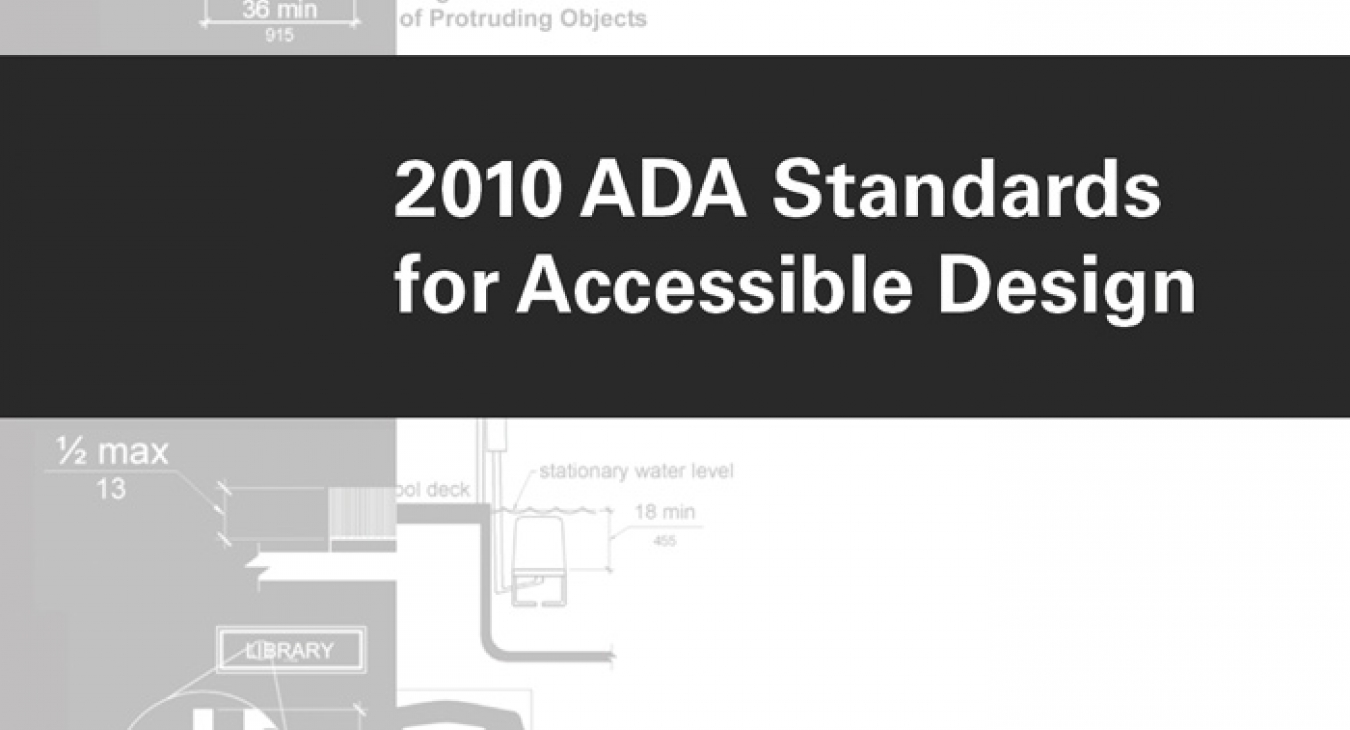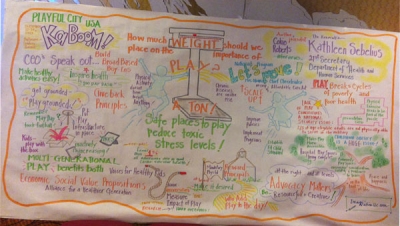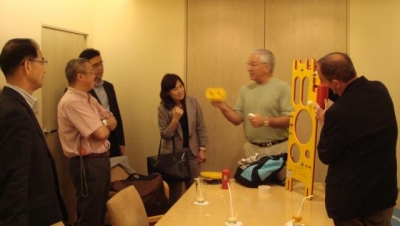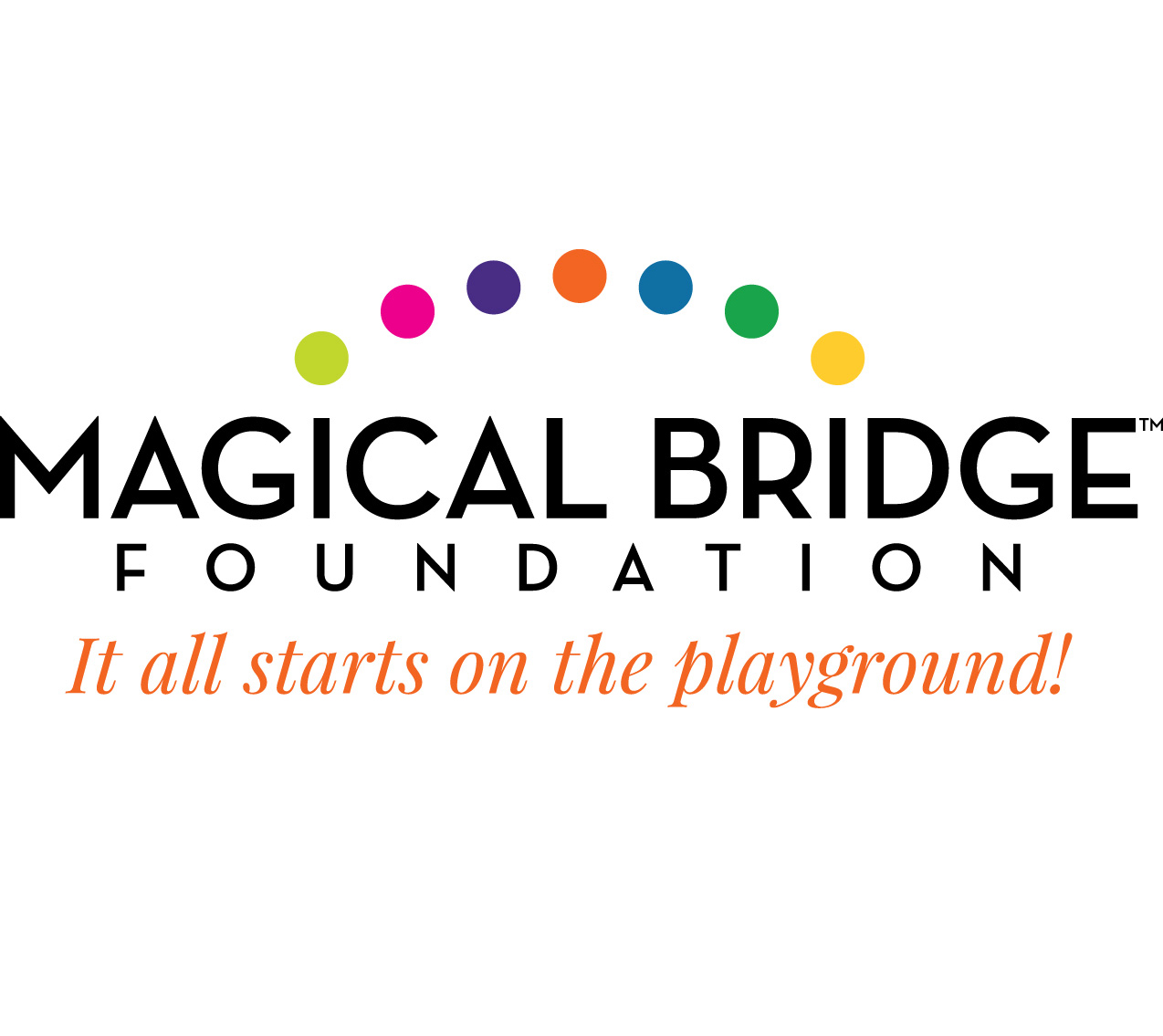Organization aims to help industry comply with regulations
We don’t really even think about curb cuts anymore—that is, unless there isn’t one where we think there should be.
Why? Because curb cuts are so common nowadays that we don’t really give them a second thought.
“Everyone uses them [curb cuts],” Tom Norquist, secretary on the board of directors for the International Play Equipment Manufacturers Association as well as chair of the marketing and PR committee, said. “Originally it was for people who use mobility devices or walkers but everyone uses them. I think they’re a Godsend. I travel a lot and have wheeled luggage and use [curb cuts] all the time.”
Norquist then added, “The same thing happens with a play environment.”
He explained that even though a playground may be an “accessible” one, everyone uses it. Playgrounds are not exclusive to anyone one group. That’s not true of non-accessible playgrounds.
What we refer to today as “accessible” playgrounds most likely won’t carry that label in the not too distant future. “Accessible” playgrounds, which are becoming more and more common these days, will just be “playgrounds” and enjoyed by kids of all abilities.
Perhaps, then, it’s no coincidence that we’re seeing more accessible playgrounds being designed and built today as the U.S. Department of Justice’s 2010 ADA Standards for Accessible Design became law on March 15, 2012. Not only are accessible playgrounds the way to go for children of all abilities, it’s now the law.
Because there is some angst about the not-so-new Standards for Accessible Design that became official in March, IPEMA has taken an active position within the playground industry to help play equipment manufacturers embrace the new standards as well as clear up any misconceptions about the requirements.
We say not-so-new because the Standards have been around for literally years. Norquist explained, “The bill was signed into law in 1991 and we had rule-making meetings throughout the 90s so we have more than a decade of experience of building accessible playgrounds.”
He continued, “This law is not a surprise to anyone and if it is, it’s going to be a rare instance. We’ve been waiting more than a decade for this day to come and as an industry, we’re extremely excited to build accessible play environments for children of all abilities.”
IPEMA explains exactly what the guidelines mean to the playground industry and also points out some key considerations.
Consider this:
- Existing play areas are not required to meet the 2010 Standards by March 15, 2012.
- March 15, 2012, is the Department of Justice’s compliance date for all entities covered by Title II and Title III to begin using the new (2010) accessibility standards. This means all new construction and alterations to existing facilities should begin utilizing these standards. It is important to understand that playgrounds built prior to March 12, 2012, are subject to review if they are undergoing alteration, if physical barriers exist or if communication barriers exist to the program, good service or activity offered at the facility.
- The new Department of Justice’s 2010
Standards for Accessible Design trigger access if you are building a new playground or making an alteration to an existing playground. In both cases, owners need to provide primary means of access to the playground, which has been the industry’s responsibility for more than 20 years.
In its effort to be proactive on the 2010 Standards, IPEMA has devised a Public Playground Accessibility Checklist (see sidebar) for the industry. This checklist, one IPEMA spokesperson said, is, “So they would have a resource to navigate the regulations.” The checklist can also be downloaded from IPEMA’s website (www.ipema.org).
Norquist added, “There is some confusion in the marketplace. A lot of our customers do not understand what this new regulation means and requires. We want to provide accurate information. We also want to help all our member companies have a common understanding and platform of how these guidelines apply to us.”
Reading and comprehending government regulations can be daunting at best, so the IPEMA checklist can be a welcome clarifier of what’s expected.
The play industry’s section in the 2010 Standard is six pages long and covers a wide variety of topics related to playing areas, including accessible routes, accessible routes in water play areas, ramps, ground surfacing, transfer systems, play components and more.
The key, Norquist said, is to have a plan of attack on how to comply in all stages of designing and building playgrounds.
“The bottom line is if you are an owner/operator you better know what you have and how it does or does not comply with these rules,” Norquist said. “You should audit all of your playgrounds to these standards. Either do it yourself or hire someone to do it.
“Then, have a transition plan as funds and manpower are available. Identify, prioritize and then have a plan to make them accessible.”
Specification for Determination of Accessibility of Surface Systems Under and Around Playground Equipment.
1. Public playgrounds must have an accessible route to the play area preferably 60 inches wide, maximum running slope of 1:20 and maximum cross slope of 1:48. The route to the play area is an accessible route. Minimum width is 36 inches and the maximum slope is 1:12. Any running slope over 1:20 or 5 percent is treated as a ramp with handrails and landings. (See chapter 4, Accessible Routes, DOJ ADA 2010)
2. Within the play area, the safety surfacing must comply with ASTM F 1292-99 or -04 Standard Specification for Impact Attenuation of Surface Systems Under and Around Playground Equipment when located within the use zone for proper impact attenuation. All accessible routes within the play area, clear floor or ground spaces at play components required to be accessible and turning spaces must comply with ASTM 1951-99 Standard
3. Within the play area, the accessible route must be at least 60 inches wide, with a maximum running slope of 1:16, a maximum cross slope of 1:48 and a minimum of 80 inches overhead clearance. For small play areas of less than 1000 square feet in total size, the accessible route must be at least 44 inches wide, with a maximum running slope of 1:16, a maximum cross slope of 1:48 and a minimum of 80 inches overhead clearance.
4. Composite play structures that include a transfer system as a means of access must meet the following criteria:
- Transfer platform height must be between 11-18 inches with clear minimum width of 24 inches and depth of 14 inches.
- Transfer steps are maximum of 8 inches high and include handholds to aid movement.
- Minimum 30 inches by 48 inches transfer space must be provided adjacent to the transfer platform. The 48-inch long minimum dimension of the transfer space shall be centered on and parallel to the 24-inch long minimum side of the transfer platform. The side of the transfer platform serving the transfer space shall be unobstructed.
5. Composite play structures that include ramps that connect elevated play components as a means of access must meet the following criteria:
- Elevated ramps must be at least 36 inches wide, maximum running slope of 1:12 and maximum length of 144 inches (12 feet) before providing a landing.
- Elevated ramps must include handrails on both sides meeting hand-gripping criteria and with a height between 20-28 inches. Elevated ramps with handrails, barriers beyond the ramp edge and barriers not extending within 1 inch of the ramp surface must have edge curbing at least 2 inches high for the entire ramp length. No handrail extensions are required.
- When elevated ramps change in direction, a 60x60-inch minimum level landing must be provided at both the top and the bottom of each run.
6. Elevated ramps and accessible platforms attached at ramp levels shall have no openings on surface greater than one-half inch and vertical change in level less than one-quarter inch or up to one-half inch with a 2:1 beveled edge.
7. Wheelchair-accessible platforms require guardrails or barriers. Openings for access/egress play components shall be narrowed to 15 inches or less.
8. Advisory Reach ranges for accessible manipulative and interactive sensory and communicative components must have reach range heights between 16-44 inches for 9-12-year-olds, 18-40 inches for 5-8-year-olds and 20-36 inches for 3-4-year old user age groups.
9. Ground level upper body equipment intended for use by a person using a mobility device must be less than 54 inches above protective surfacing.
10. Ground level play tables and components for users over 5 years old must have a minimum vertical knee clearance of at least 24 inches high, a minimum depth of at least 17 inches deep and a minimum width of at least 30 inches. The maximum top of playing surface shall not exceed 31 inches.
11. Composite play structures must have elevated accessible routes by ramp and/or transfer systems to connect at least 50 percent of the elevated play components. Large composite play structures with more than 20 elevated play components must have at least 25 percent of the elevated play components connected by elevated ramps.
12. Play areas must have the minimum number of accessible play components and types on the accessible routes per the following criteria: Remember it is one of each type at ground level and 50 percent elevated that must be accessible. The trigger to use the table is for Additional Number and Types. Where elevated play components are provided, ground level play components shall be provided in accordance with Table 240.2.1.2 and shall comply with 1008.4. EXCEPTION: If at least 50 percent of the elevated play components are connected by a ramp and at least 3 of the elevated play components connected by the ramp are different types of play components, the play area shall not be required to comply with 240.2.1.2.













Add new comment